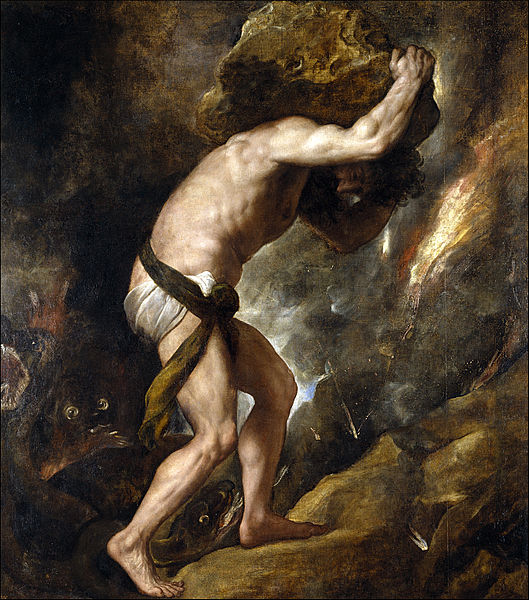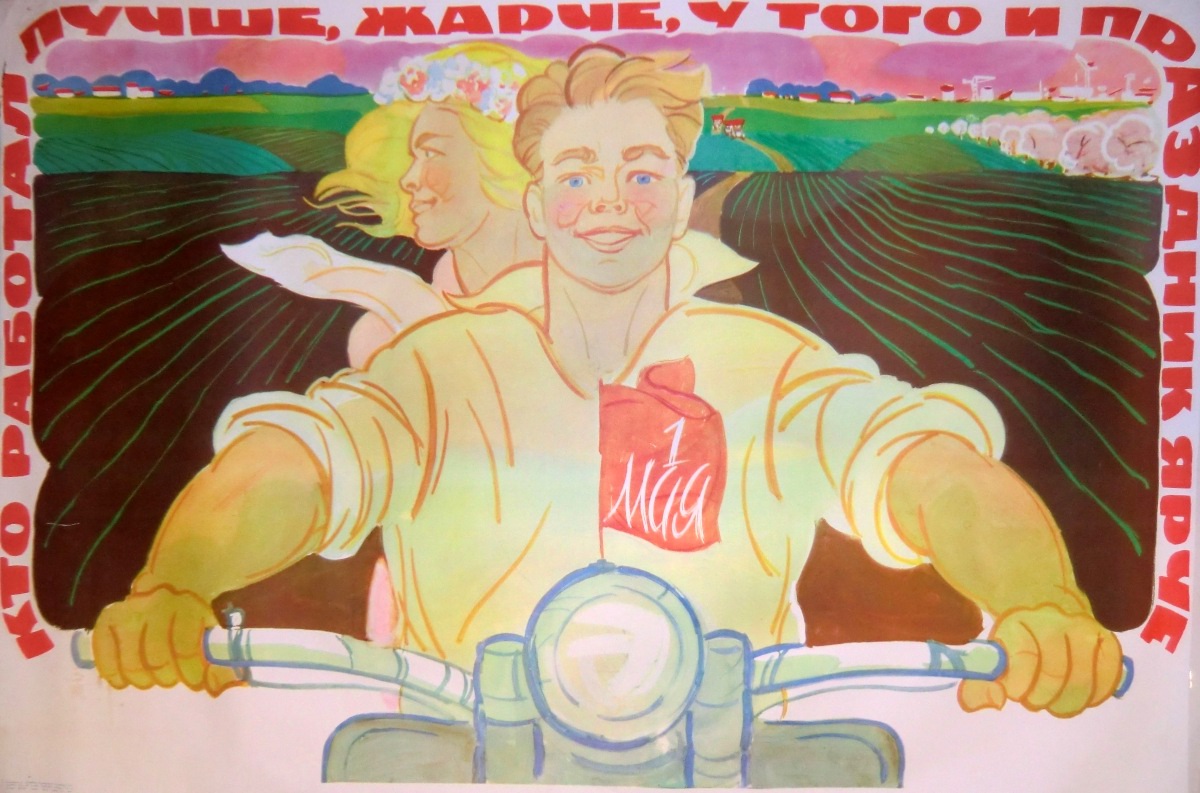Nothing looks more impressive than painted troops manoeuvring across a tabletop decorated judiciously with terrain. Blue coated Frenchmen facing off against white coated Austrians, with green trees, a shallow blue brook, and a few stone hovels dotted about, makes a game of toy soldiers come alive with colour and really fires the imagination. Conversely, nothing deflates the imagination quite as much as a bare table with little or no terrain, and worst of all, bare plastic cavorting atop it. Certainly, when we all begin we start like this, our keenness overcomes aesthetic qualms as we simply want to play, and no one would dream of curbing our enthusiasm. However, weeks turn into months, and while the horde of grey plastic continues to grow, there might be little evidence of colour creep, and, while highly abstract woods in the form of an irregular piece of white paper with "woods" written on it might have been charming when we first started, no one can doubt that it is starting to all look a little bit lame.
Some people are into wargaming for the games, others for the modelling, but like it or not, we must indulge in both in order to qualify as wargamers. Even if your idea of modelling is to pay somebody to paint your figures for you, you are still getting it painted. I would suspect that one of the main reasons for people leaving the hobby is their apparent inability to get things painted, and thumbing through an issue of Wargames Illustrated or White Dwarf only further compounds the problem as the bar is set monumentally high. The hobbyist paints perhaps a handful of marines, and then comparing it to the beauty seen in the magazines declares, "mine looks nothing like that!" And so frustration. I used to be of a similar demeanour, always berating my own painting skills in the face of a 'Eavy Metal paint job, until I took my first painted army to a Warhammer tournament. It was an Empire army and my palette consisted of whites, blue, red and oranges. There was nothing particularly fancy about it, I did no highlighting, just glazes and washes, and yet strangers were commenting how great it all looked. I was baffled.
It was around this time that I realised that no one actually picks up your models and appraises them under a magnifying glass. They really don't. It gets said elsewhere, in many hobby books, but it does demand repetition, your models are going to be viewed from about a metre away, most of the time. Also, they will mostly be viewed from the top down. By all means, lavish attention on that character stand or model, these are the models that get the attention, but the nameless spearmen, third from left in the second rank of that unit of Viking hirdmen is simply just not interesting enough to be noticed. So let's just get things painted! Admittedly it is a little harder with loose formation figures, like say Space Marines, since we feel that they are more to be appraised from various angles, whereas ranked troops are somewhat hidden from view. However, realistically nobody cares much for a tactical marine, so he just needs to be done.
Method is Everything
I find that if I approach the painting of a unit in a methodical fashion it tends to get done quickly. I've seen some folks lay out a block of forty troops and paint them up one colour at a time. I must admit I prefer smaller chunks, although I can knock out 24 Napoleonic troops in almost no time largely because the poses and uniforms are so repetitive.
 |
| These Old Guard Grenadiers painted up in no time. |
With the Hobby Progress Challenge this year I have been able to paint up a ten man Space Marine squad in two weekends, with no time spent on them during the week. And this hasn't been a case of spending my whole day at the painting table, but doing smatterings here and there. As you can see by the image below, the results are pleasing and means that in the space of three months, I have painted up three troops choices for my Dark Angels, which means I have the functional "spine" of my army done.
So how do I get this done? Well, firstly I get the ambience right, I've discussed this in a
previous blog post. The next thing is to break the process down into manageable parts. These consist broadly of the following steps:
- Undercoating: I spray undercoat my figures on the sprue if they are plastics. And I almost always use grey, Army Painter do a good grey. I like grey because it is neutral and all colours adhere to it without the need for many coats. If I am painting miniatures with lots of white, I might use a white undercoat, but grey usually does the trick.
- Assembly: I hate this stage, I really do. In my opinion line troops don't need to have customisable arms legs and everything else. That said, it needs to be done, so I just get on with it. I always try and assemble with a view to how I am going to paint the figure. In the case of a space marine I will assemble the whole figure except for the shoulder pads. I know some people like to leave them in pieces and assemble after painting, but as a general rule, if you can't reach it with a paint brush you are not likely to see it.
- Basing: Okay, here is the part where many people laugh at me, but yes, I do the bases before I paint the figures. I like to drybrush my bases, and it can be a little bit messy, the last thing you want is to hit your careful highlights with sloppy drybrushing. I might not flock the base at this point given that sometimes the base gets a touch of the highlight colours which can be cleaned later.
- Basecoats: This consists of applying block colours to the miniatures. Our base colours, once this stage is done the model looks basically complete, if a little flat.
- Washes: I hit almost every surface with an ink wash, this draws out the creases and gives the miniature some depth. With my Napoleonics, I apply quickshade dip at this stage. I know some people view it as cheating, but it really isn't any different from using inks.
- Details: This is where most of the time gets spent, essentially finishing every model individually. At this stage I apply my highlights. I only paint one figure at a time at this stage, applying highlights in various areas continually so that it dries as I paint the next area so that I can return to it.
That is it. Each step can be as simple or elaborate as you please, but speed is essential. What I tend to find is that up until step 5 everything gets done on a production line as those are the parts of the method suited to it. Once I reach my final step I essentially finish each model individually. If you follow this method, you will get results. I have spent years discovering this for myself. I read all the articles in magazines and on the internet, but splitting my painting process into a group/individual phase just made it all come together for me.
What I hope to do soon is post an article on a specific example of a unit that I am painting, so that you can see the method in action step by step. However, I suspect this might only happen once I am back in the UK in May, so there will be a delay in all likelihood. However, this article has laid the foundation for our method and the reasoning behind it so that the step by step tutorials will make sense.

























